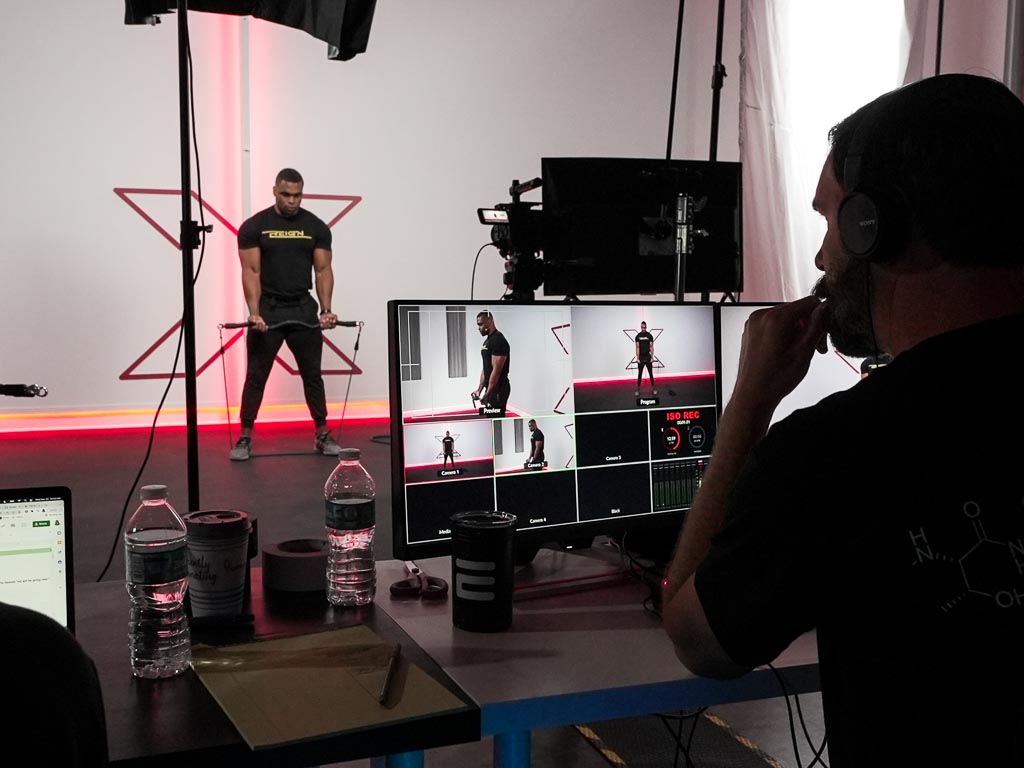I remember back in 2008, when I worked on a project for the digital conversion and streaming of video games. It was a revolutionary time for this type of software advancement, and also a completely new experience for video game development companies and their customers.
Traditionally, video games were sold through countless marketing campaigns, game box packaging, TV commercials, and game advances, enticing people to get the game off the store shelves and into the home.
Not only was obtaining a video game a long process, it was costly for the game developers, retailers, and the customers themselves.
Around the same time of this emerging technology, the speed at which data flowed through the internet increased significantly, increasing access to these networks at the consumer level which set up the perfect environment for a new way of thinking. Hence the era of digital video game streaming had begun.
A quick year later in 2009, we developed a platform that could take all the marketing materials, the data from the CD-ROMs, as well as game info and pricing, and showcase them on a customized online game store. It was ground-breaking, it saved time for the consumer and saved the game developers money on retail shelving. The biggest advancement was the newly realized global reach of games, which increased sales and visibility, especially for the small, Indy brands.
Even with all the pros, large development companies were slow to get on board, and it was my job to constantly change our platform to conform to the needs of each company, walk them through the process and ensure them that this was the future. It took some convincing, but eventually many understood the value and quickly adapted.
Over the next few years, many brands started to develop their own digital streaming strategies, products and services to revolutionize the gaming industry to where we are today.
Fast forward to 2020, the fitness industry has traditionally used gyms to accommodate the health and fitness needs of their customers, but due to the pandemic, the paradigm shifted in how people now workout, access trainers and manage their overall health and wellness.
Not only have human needs changed, but gyms are struggling to stay afloat. The correlation between the solution for videos games of the past and fitness of the future are now more aligned than ever before.
We are now seeing the same “gaming” methodology guide gym owners and trainers through the process of transitioning from inside the “four walls”, to a digital fitness streaming solution with a much broader reach. Digital fitness is here to stay, adding to the “live” experience. Fitness fans have noticed and appreciated the virtual offer during this global pandemic, realizing the online experience offers not only movement and fitness motivation, but a true sense of belonging.


